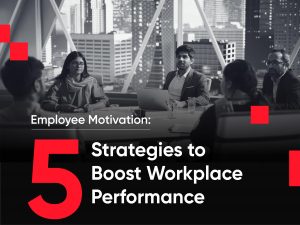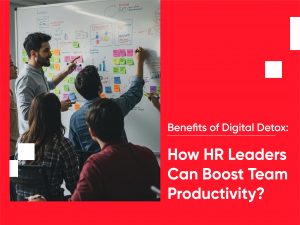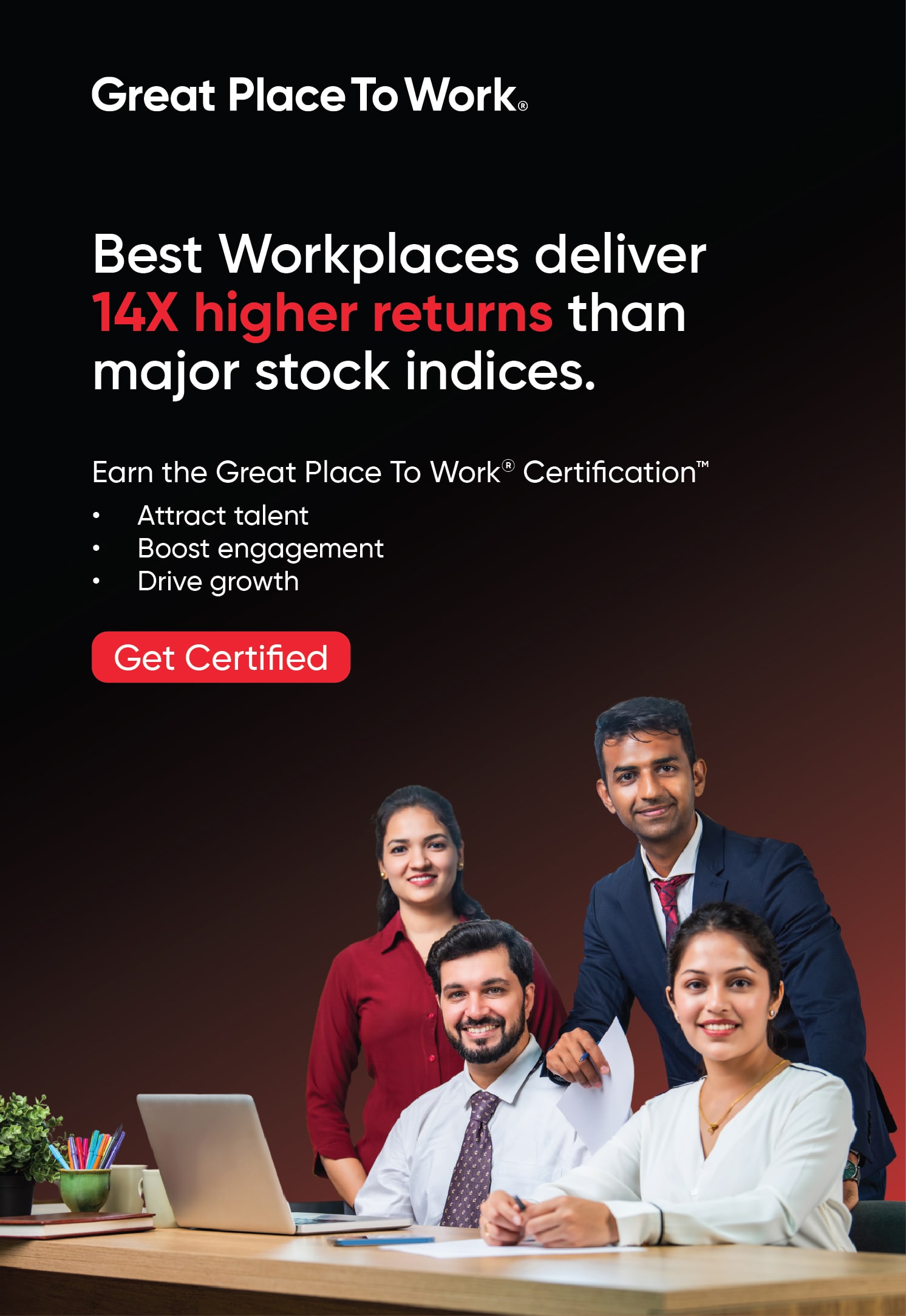Reading Time: 4 minutes
Every year, International Women’s Day sparks conversations and initiatives celebrating women’s achievements. While these are important, truly honoring women goes far beyond a single day – it demands a commitment to building a work environment where they can thrive, not just survive. This year let’s move beyond performative gestures and turn our attention to the stark reality: women remain significantly underrepresented in leadership roles, and their career progression faces unique challenges.

Our latest report reveals a concerning trend: women account for only 26% of the workforce, with an even smaller presence (16%) in senior leadership. This begs the crucial question – what can be done to retain talented women and empower them to reach their full potential?
Career advancement isn’t just about training and promotions. It’s a multi-faceted journey that requires dismantling cultural barriers, fostering inclusion, supporting parenthood, and offering comprehensive leave policies. Studies show that companies investing in leadership training for women see a 2.2x increase in retention, highlighting the power of empowering and investing in their future.

Furthermore, organizations recognized as Great Place To Work® for Women deliver significantly more positive workplace experiences for their female employees. This translates to a remarkable commitment from women to put in extra effort, creating a win-win situation for both individuals and organizations.
So, how can we turn the tide and support women in advancing their careers? Here are some actionable steps:
Redesigning and Upgrading Policies:
- Supportive leave policies: Implement comprehensive health and medical leave policies that acknowledge and support life transitions like childbirth and childcare. These policies should go beyond the minimum requirements to truly support women during critical life stages.
- Inclusive practices: Ensure policies and practices are inclusive of all employees, fostering an environment where everyone feels valued and respected. This may involve reviewing existing policies to identify and eliminate any biases or barriers that may disproportionately affect women.
Building an Ecosystem for Women Entrepreneurs:
- Provide resources and support: This could include access to mentorship, funding opportunities, and networking events specifically tailored to women entrepreneurs. By creating a supportive ecosystem, organizations can empower women to take on entrepreneurial ventures with confidence.
- Promote visibility: Highlight the successes of women entrepreneurs within the organization and beyond, serving as inspiration and encouragement for others considering similar paths.
Capacity Building:
- Training and development: Offer training and development programs that equip women with the skills and knowledge they need to excel in their chosen fields. This may involve customizing training programs to address the unique challenges and opportunities faced by women in the workplace.
- Fair pay and promotions: Ensure equal pay for equal work and implement transparent and merit-based promotion processes. Additionally, organizations should actively monitor and address any disparities in pay and promotion rates between men and women.
- Fair recognition: Acknowledge and celebrate contributions fairly, emphasizing both hard and soft skills within a standardized framework. This may involve establishing clear criteria for recognition and promotion, ensuring that women are not overlooked or undervalued due to unconscious biases.

Defining Indicators for Measuring Success:
Go beyond traditional metrics: Move beyond solely focusing on performance and productivity and acknowledge the unique strengths and contributions each individual brings. This may involve developing new metrics or indicators that capture the diverse ways in which women contribute to the success of the organization.
Building Gender Equity at the Workplace:
- Visibility: Create opportunities for women to connect with leaders and have their voices heard. This may involve implementing mentorship or sponsorship programs that pair women with senior leaders who can provide guidance and support.
- Embrace potential: Look beyond traditional qualifications and recognize the potential in individuals who may not fit a typical mold. This may involve providing opportunities for women to take on stretch assignments or leadership roles, even if they don’t meet all of the traditional criteria.
- Amplify women’s voices: Provide platforms for women to share their experiences and perspectives with the entire organization. This may involve hosting events or forums where women can showcase their expertise and insights on topics relevant to the organization.
Learning from Best Practices:
Organizations like Flipkart offer valuable lessons in retaining and empowering women. Their fortnightly review of women’s attrition data, coupled with targeted interventions and safety initiatives, demonstrates a commitment to addressing specific challenges faced by their female workforce.
By taking these steps, we can move beyond mere celebrations and create a work environment where women are truly empowered to excel. Let’s create a future where International Women’s Day isn’t just a day of recognition, but a symbol of a workplace built on genuine equality and opportunity for all. Together, we can build a world where women thrive, not just survive.










